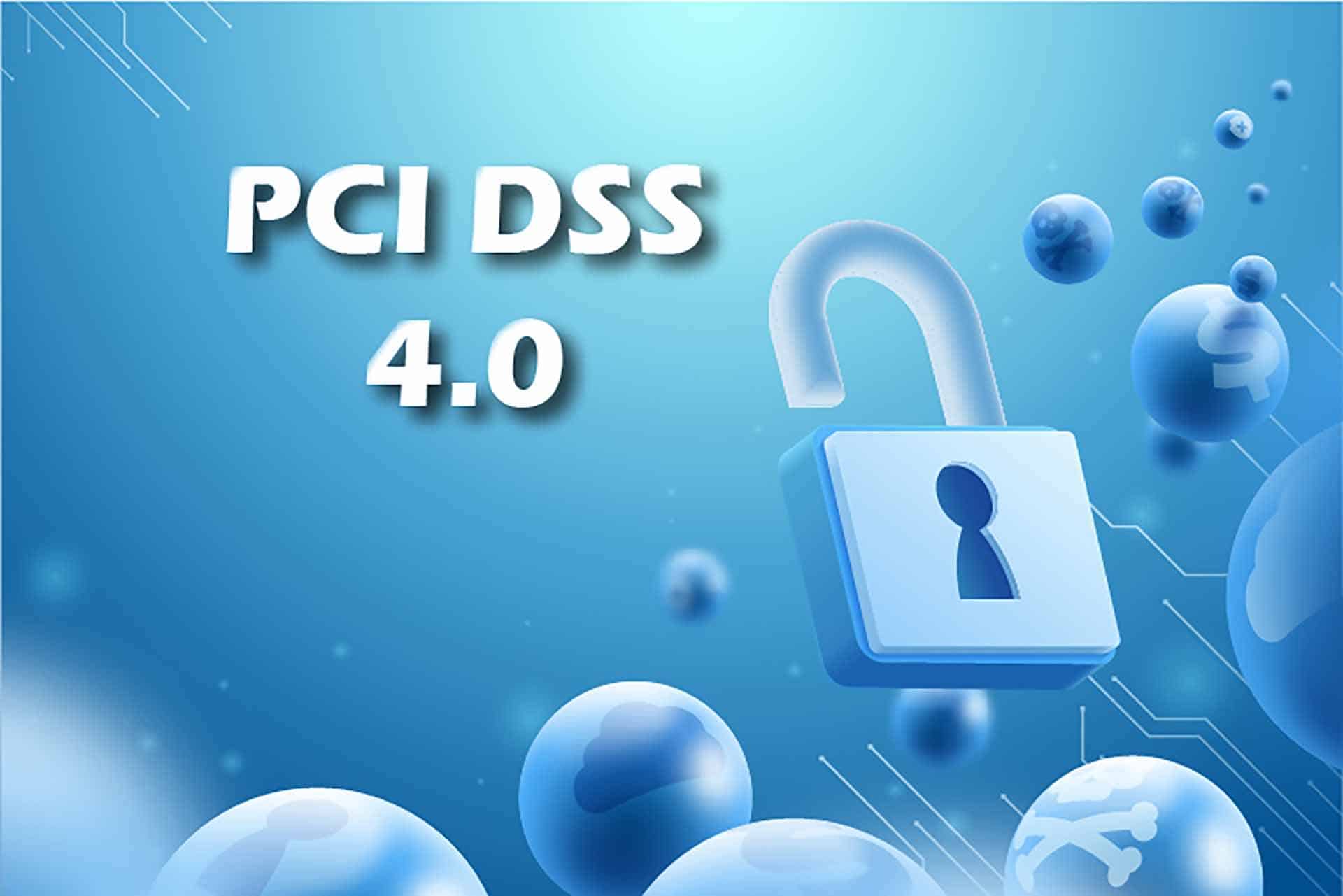Category: PCI ASV
Written By Kiran Murthy & Manisha Robbi II “Compliance is the armor that shields data from harm.” In today’s digital landscape, the significance of this quote cannot be overstated. According to Statista, the global online payment fraud to e-commerce losses amounted to a staggering $41 billion in 2022. These alarming statistics are a stark reminder […]
July 10, 2023
Written by Kiran Murthy & Eishu Richhariya Introduction PCI-DSS stands for Payment Card Industry Data Security Standard. This standard first came into the picture in 2004, and it was formed by Visa, MasterCard, Discover Financial Services, JCB International, and American Express. It is governed by PCI SSC, i.e., Payment Card Industry Security Standards Council. Applicability– […]
June 2, 2022
Today’s world is an ever-changing scenario with changes to the technology sector happening more frequently than ever due to emerging technologies. The case is quite similar in the field of Cyber Security. There are a few industry-acclaimed cybersecurity standards for governing the processes and execution of these standards. These standards are usually built upon a […]
June 8, 2020


